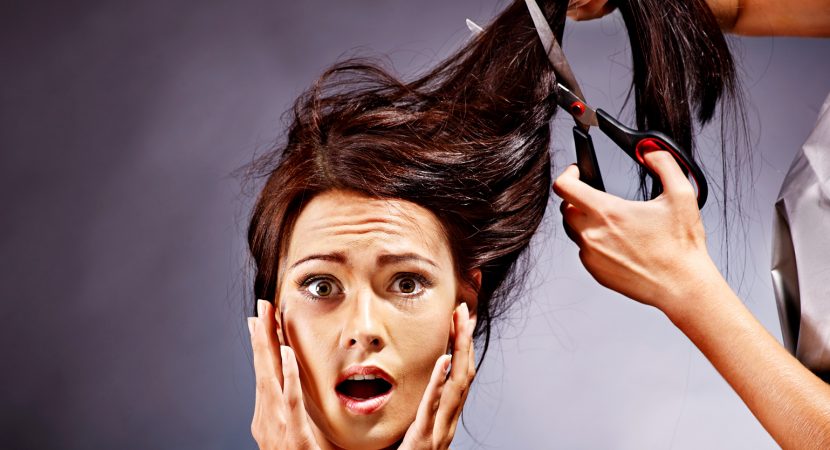Hair care is difficult, because in many cosmetics there are ingredients, which at first doesn’t alarm us and are allowed for sale, but despite of that they are still harmful to our hair. Reading composition of hair care products should be an obligatory item during shopping. What should we be aware of and stay away of?
SLS/SLES
Under those two mysterious abbreviations we will find two strong synthetic detergents – Sodium Lauryl Sulfate and Sodium Laureth Sulfate. Sadly, nowadays it is very difficult to find shampoo or a conditioner without those two substances, and the reason is simple – those are substances highly foaming. Harmful properties of SLS and SLES is based mainly on drying hair, causing dandruff and allergies. Use of those substances can lead to weakening of hair, their brittleness, hair loss, but also disorder in sebum secretion and lowering oestrogen level. It is said that those substances are cancer-causing, though that information isn’t proven.
Mineral Oil, Petroleum, Paraffinol
Three enumerated above ingredients from hair care cosmetics are products acquired during distillation of crude oil, used for increase of cosmetic’s volume. Their main flip side is clogging pores and absorption of dust and bacteria. It may lead to irregularity in removing toxins from skin, but also causes pimples and blackheads and accelerates ageing processes of the skin.
EDTA
Mentioned ingredient is Ethynelo-Diamine-Tetra-Acetate, e.g. cosmetic stabiliser. It is highly polluted ingredient of (mainly) shampoos, which may have cancer-causing properties and lead to skin, eyes, conjunctivas and mucosa irritation.
PEG/PPG
Another two mysterious substances are created on ethylene oxide – Polyethylene glycol and Polyethylene oxide. Those are poisonous substances, which can also be cancer-causing and most of all they damage cells structure, but despite that they are used in many washing cosmetics, also those for hair care.
DEA/MEA/TEA
Last three substances, you should probably stay away from are foaming agents – Diethanolamine, Monoethanolamin and Triethanolamine. They usually appear in shampoos in amounts of 1-5 per cent, but in spite of that they are the most common cause of sensitisation. They have potential cancer-causing properties, are toxic for immune system and cause allergies.


